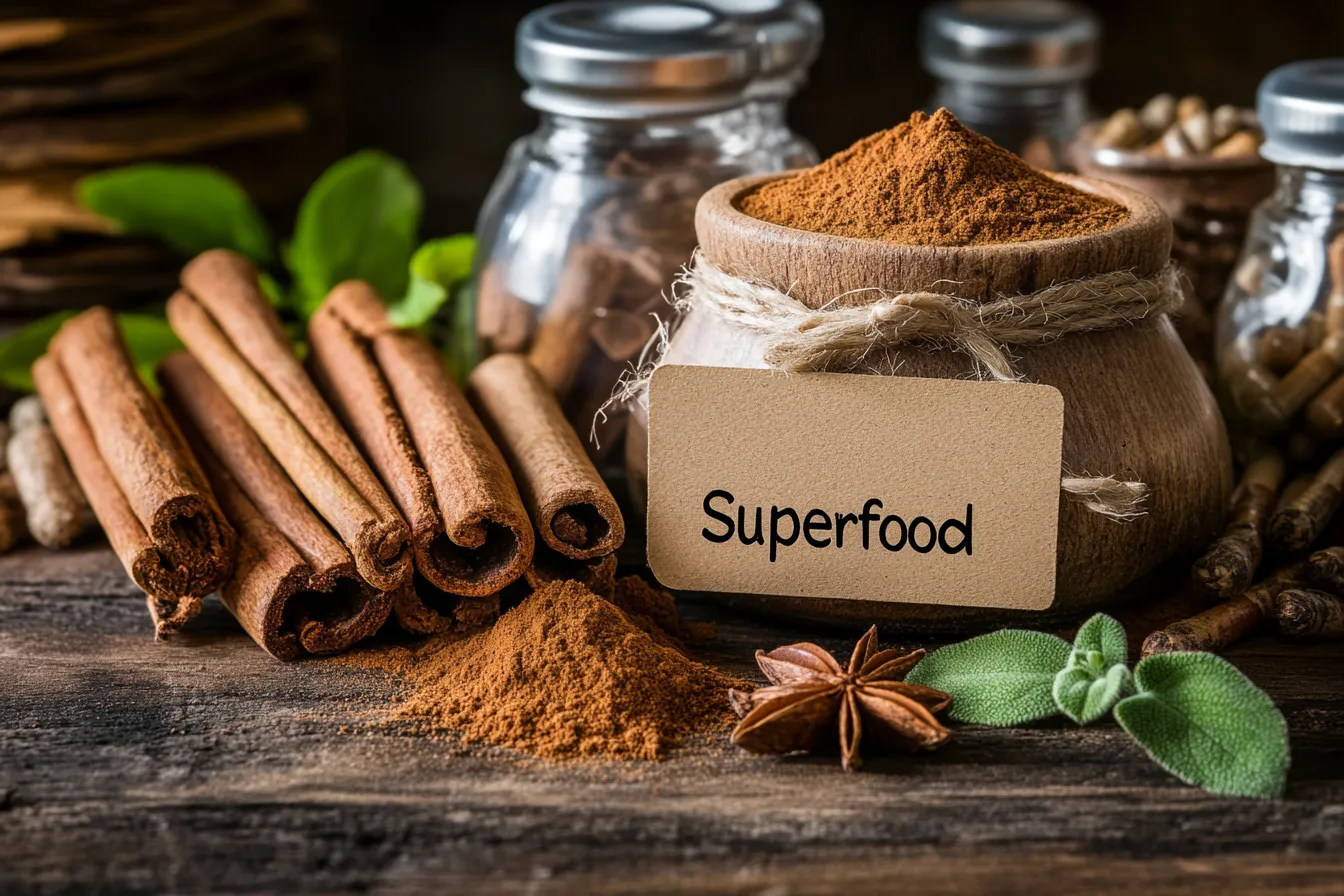Ingredients
Equipment
Method
- Instructions:
- Begin with Ancient Origins – Discover cinnamon’s revered role in ancient Egypt, China, and Rome.
- Add Trade Influence – Blend in how colonial powers like the Portuguese and British made cinnamon a global commodity.
- Stir in Nutrition Science – Fold in studies from the 1980s and 2000s showing cinnamon’s effect on blood sugar and inflammation.
- Mix Social Trends & Media – Whisk in Instagram, Pinterest, and influencer culture starting in the 2010s.
- Simmer with Superfood Status – Let the term “superfood” develop through marketing, holistic wellness, and commercial supplements.
- Season with Safety Tips – Balance the mix with a distinction between Ceylon and Cassia and recommended daily limits.
- Serve hot with insight – Enjoy the full-bodied narrative of how cinnamon earned its rightful place as a superfood.
Notes
Notes:
Ceylon cinnamon is preferred for health benefits due to its low coumarin content.
Always check for reputable sources when researching superfoods.
Cinnamon’s popularity surged in the early 2000s, but scientific roots go back decades.
